Paul Cézanne(1839-1906)
Get a Cézanne Certificate of Authenticity for your painting (COA) for your Cézanne drawing.
For all your Cézanne artworks you need a Certificate of Authenticity (COA) in order to sell, to insure or to donate for a tax deduction.
Getting a Cézanne Certificate of Authenticity (COA) is easy. Just send us photos and dimensions and tell us what you know about the origin or history of your Cézanne painting or drawing.
If you want to sell your Cézanne painting or drawing use our selling services. We offer Cézanne selling help, selling advice, private treaty sales and full brokerage.
We have been authenticating Cézanne and issuing certificates of authenticity since 2002. We are recognized Cézanne experts and Cézanne certified appraisers. We issue COAs and appraisals for all Cézanne artworks.
Our Cézanne paintings and drawings authentications are accepted and respected worldwide.
Each COA is backed by in-depth research and analysis authentication reports.
The Cézanne certificates of authenticity we issue are based on solid, reliable and fully referenced art investigations, authentication research, analytical work and forensic studies.
We are available to examine your Cézanne painting or drawing anywhere in the world.
You will generally receive your certificates of authenticity and authentication report within two weeks. Some complicated cases with difficult to research Cézanne paintings or drawings take longer.
Our clients include Cézanne collectors, investors, tax authorities, insurance adjusters, appraisers, valuers, auctioneers, Federal agencies and many law firms.
We perform Paul Cézanne art authentication, appraisal, certificates of authenticity (COA),analysis, research, scientific tests, full art authentications. We will help you sell your Paul Cézanne or we will sell it for you.
French painter Paul Cézanne was born at Aix-en-Provence in the south of France in January of 1839. As he grew older, he studied law, but he had a passion for drawing and attended drawing classes much to the opposition of his father. After finally securing his reluctant father’s blessing and financial backing, Cézanne relocated to Paris to pursue his artistic endeavors.
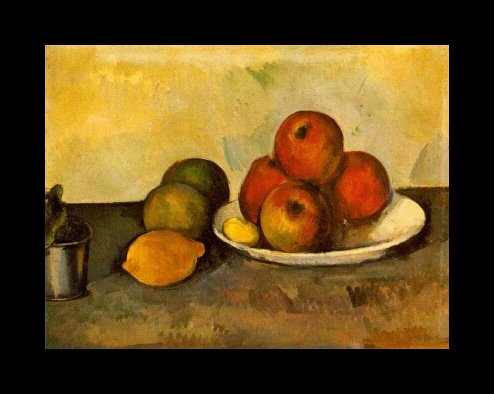
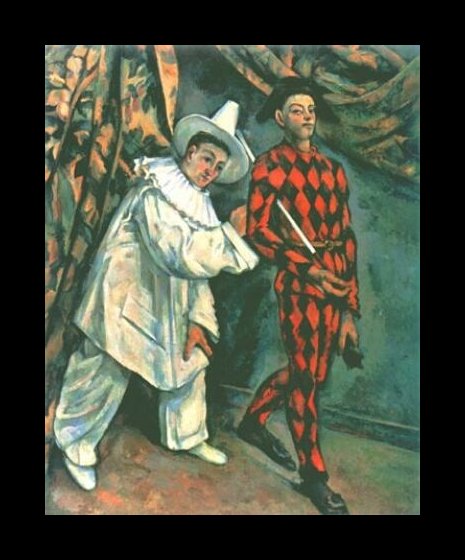
Cézanne exhibited very little in his lifetime, living comfortably off his father’s inheritance. He escaped into artistic isolation when he was creating a new work. Today he is known as one of the forerunners of modern painting. This can be attributed to the fact that he was one of the first to put down on canvas exactly what he saw in nature. He also had a fresh view of space, mass, and color.
Although Cézanne was known as an impressionist, he exhibited more control than the traditional impressionist. Brushstrokes were tamed to create more solid, concrete works that he likened to “art of the museums”.
Cézanne’s works in 1865-70 have been categorized as his “romantic” period. Each of these paintings was dramatic. They dealt with subjects of violence and fantasy. The paintwork was heavy with harsh colors.
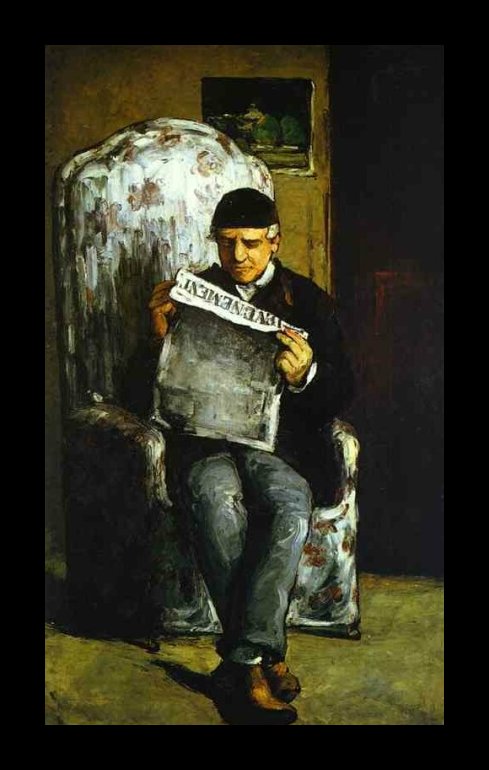
In the early 1870s, Cézanne strayed from his romantic approach. He began to use the color and lighting of impressionism and he stopped using such harsh strokes. His work took on a softer shape.
In the late 1870s, Cézanne’s work evolved again- this time into a “constructive” phase. He began grouping brushrokes into patterns that formed mass on their own. This continued on into the early 90s.

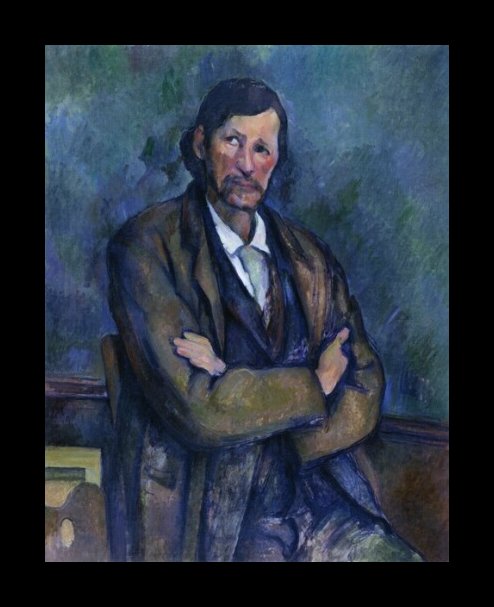
Late in life, Cézanne became even more reclusive. He began to focus more on still lifes of objects surrounded by common things like apples or tablecloths. He painted many views of Mont-Sainte-Victoire, a nearby landmark that he could view from his studio.
He also concentrated on landscapes. The landscapes of his final years have a more unfinished, transparent look.
By the time Cézanne died in 1906, his art had made its way around Europe, building foundations for movements like cubism. It influenced virtually all of the art of the early 20th century.
If you believe you own a work of art by Paul Cézanne, contact Art Certification Experts. We authenticate, appraise, research and provide Certificates of Authenticity (COA's) for works by Paul Cézanne.

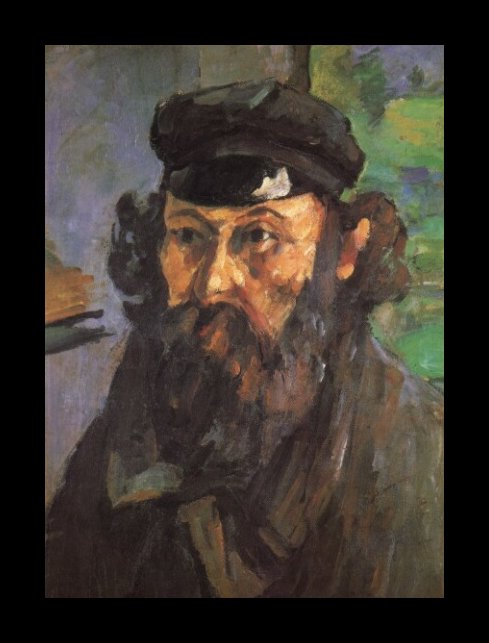
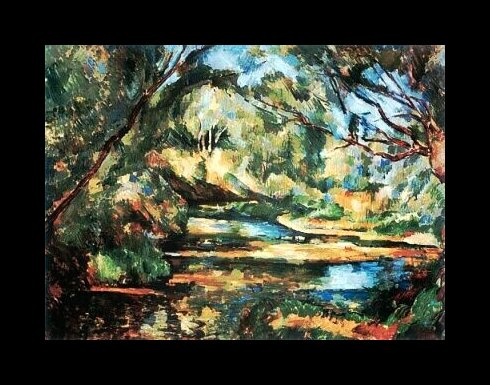
Reviews
1,217 global ratings
5 Star
4 Star
3 Star
2 Star
1 Star
Your evaluation is very important to us. Thank you.
